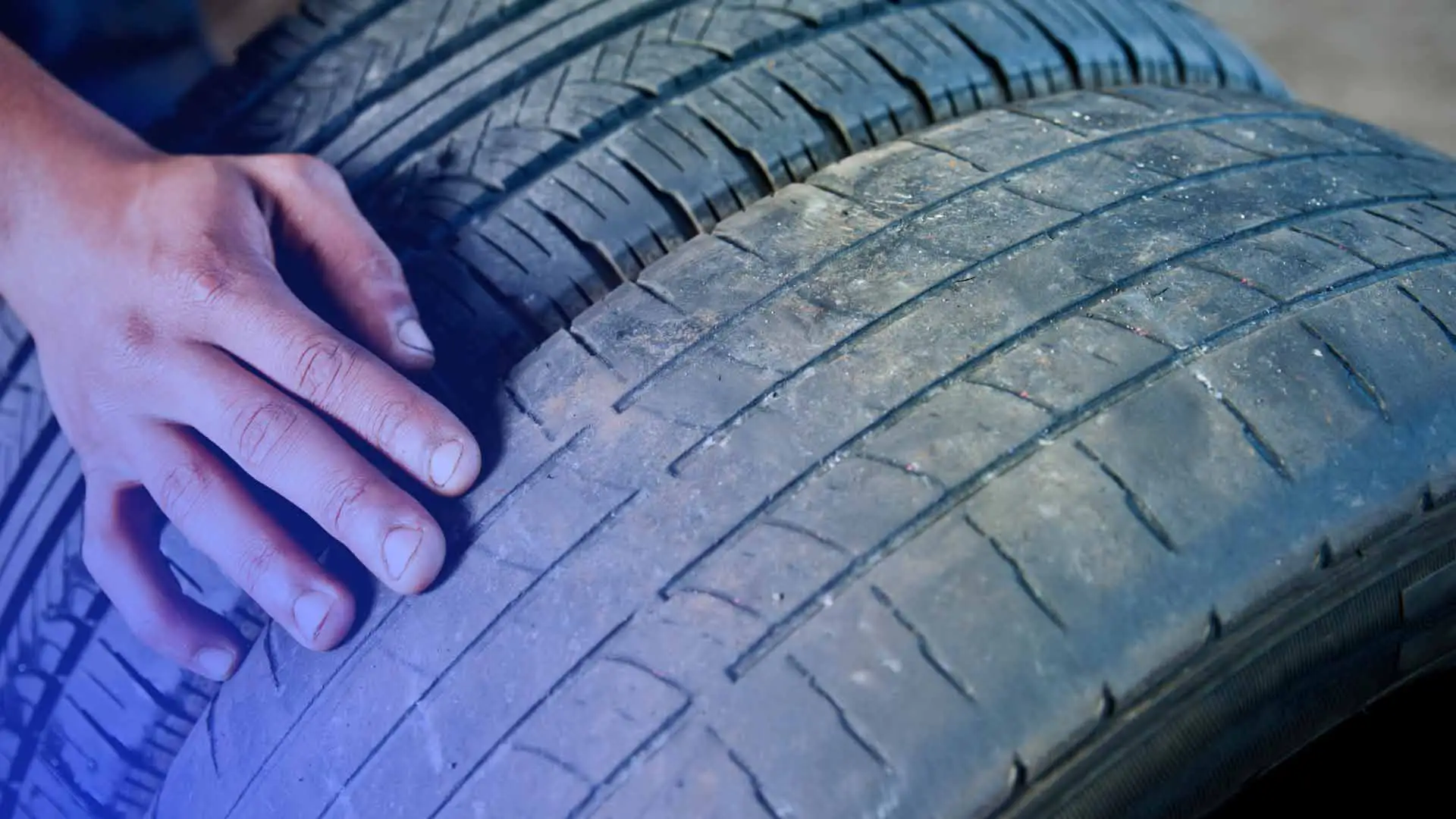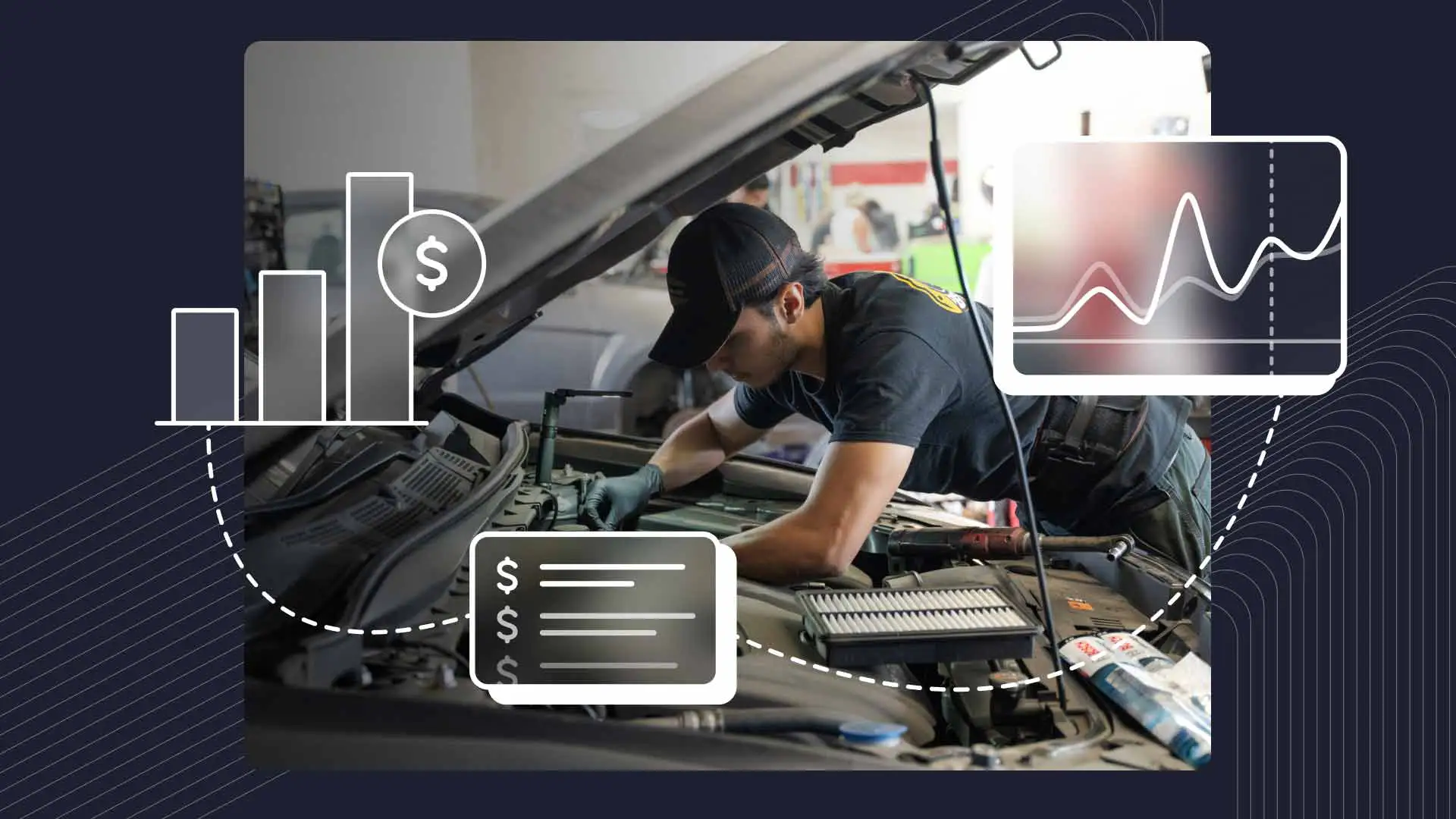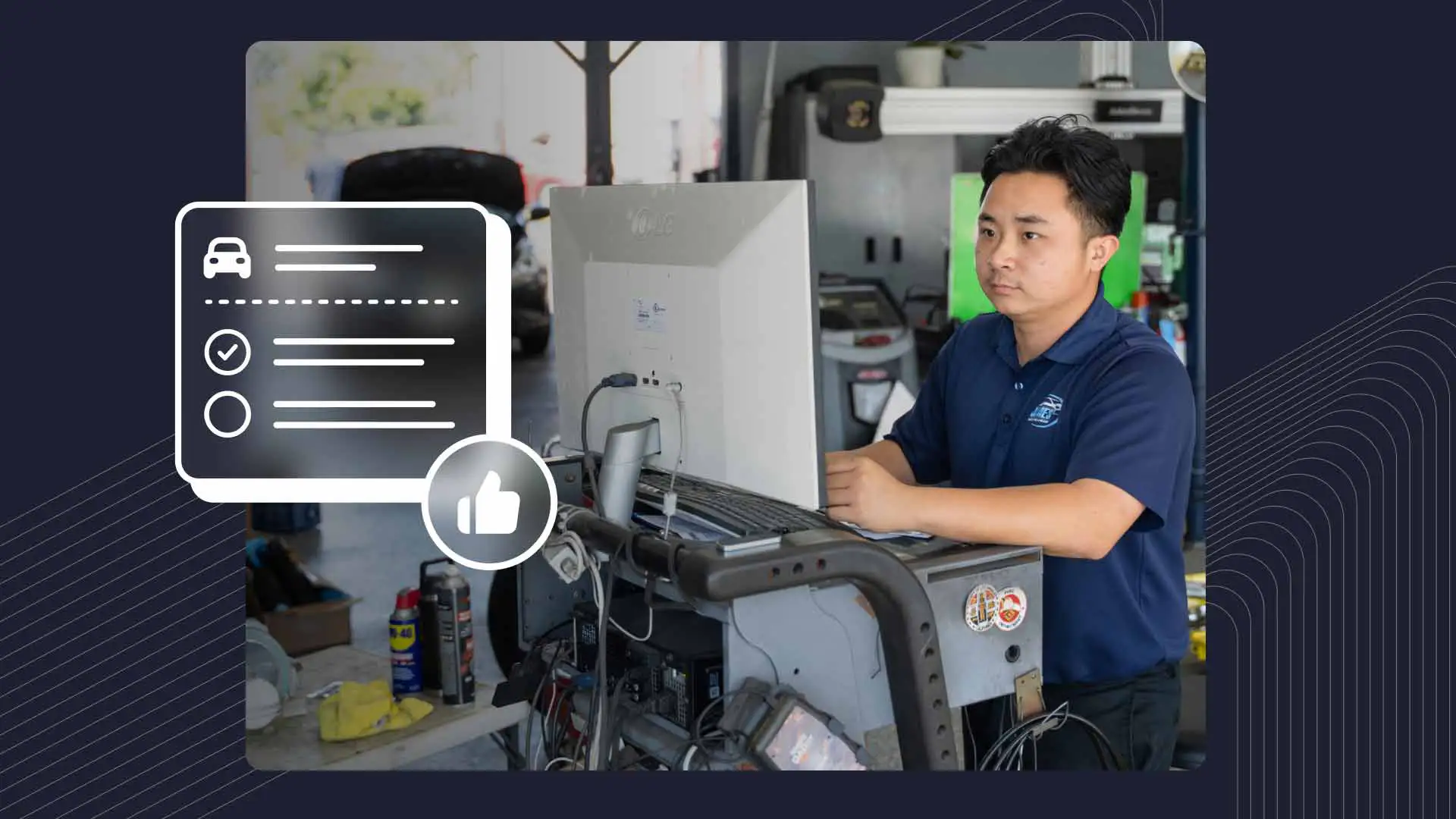Tire retreading may seem old school, but it’s very much alive and well in industries like commercial trucking and fleet management. In fact, it wasn’t so long ago that retreads were a popular choice for passenger vehicles. That is, until new tire technology and better pricing, along with lingering doubts about retreads, helped push them to the back burner.
Retreading still has a lot to offer, though, especially for tire repair shops looking to expand their services. It’s an affordable, eco-friendly alternative to full-on tire replacement that can help shops stand out in a crowd. Plus, it’s a great way to bring in more business and boost profits while offering something unique to customers.
Understanding Tire Retreading
Retreading is all about giving road-weary tires another lease on life by replacing their worn-out tread with fresh rubber. The process involves removing the old tread from a tire casing (the underlying structure) and bonding on a new layer, creating a tire that performs much like a new one—but at a fraction of the price and with significantly less impact on the environment.
The idea behind retreading is to get more use out of quality tire casings. Just replacing the tread, rather than tossing out the whole tire, saves customers money and reduces waste. For tire shops, knowing how the process works and effectively communicating its benefits can unlock a potentially valuable service.
Breaking Down the Process
While retreading may sound complicated, it’s actually a straightforward process that’s only gotten better over time. It starts with an inspection, where the tire casing is examined for any damage or excess wear that could make it unsafe for use. If the tire is deemed suitable for retreading, the next step is buffing, which removes the old tread and creates a clean, even surface for the new tread rubber to bond to.
Next comes the building stage, where technicians apply a fresh layer of tread rubber to the casing. This tread layer is carefully positioned and aligned for peak balance and durability. Lastly, the tire is cured through vulcanization—a process that uses heat and pressure to firmly bond the new tread to the casing. The end result is a strong, road-ready tire that performs like a new one but costs a whole lot less.
In addition to having an experienced team and the right equipment in place, it’s important to pay close attention to tire selection. Not every tire is cut out for retreading, so you’ll need to properly assess the casing's condition and determine whether it’s a good candidate for the operation.
The Benefits of Retreading
Retreading is a win for the environment, consumers' wallets, and repair shops' bottom lines—a rare trifecta that benefits everyone involved. Environmentally speaking, it’s a no-brainer. Think about how many used tires end up in landfills each year. Spoiler alert: It’s in the millions. Retreading helps reduce waste by extending the life of tires that would otherwise be thrown away. It also conserves resources, since retreaded tires use much less energy (e.g., extraction, refining, processing, etc.) and fewer raw materials like rubber, steel, and oil than new ones; reusing a casing rather than manufacturing a whole new tire produces a far smaller carbon footprint.
Retreading also offers clear financial benefits. First, retreaded tires usually cost about 30-50% less than new ones, which means tire shops have another high-quality, budget-friendly option they can market to customers. Also, because retreading extends a tire’s lifespan–you can expect to get two or three retreads out of a single casing–they don’t have to be replaced as often, saving your clients money in the long run.
For shop owners, adding retreading services can help the business stand out, draw in new customers, and generate additional revenue. By taking control of the process and the materials, you can lower costs and increase your profit margins. In fact, retreading can be a major growth driver for your shop, setting you apart from the competition and positioning you as a leader in offering budget-conscious and eco-friendly solutions.
Challenges & Opportunities
While retreading has its advantages, there are some challenges to be aware of. One is striking the right balance between quality and cost-effectiveness. Customers expect tough, well-built products, but in order to keep prices reasonable you’ll have to manage your costs. Finding that happy medium can be tricky. Another challenge involves overcoming consumer biases and misconceptions. Customers may have to be educated–or re-educated–on the safety, durability, and environmental benefits of retreading to get past any lingering doubts or skepticism. In addition, you’ll need to stay updated on the latest retreading technology and industry standards to make sure your services are up to snuff.
Despite these challenges, retreading presents opportunities for shops to innovate and grow. Expanding into new markets can help you reach more customers and kick-start sales. Consumers are becoming more interested in businesses with sustainable practices, too, and retreading speaks to this growing demand; other potential customers could include fleet managers, commercial haulers, or folks in construction or agriculture. And, partnering with reputable tire and equipment suppliers can help streamline the operation, while investing in R&D could open doors to better materials and processes.
A Smart, Sustainable Solution
Retreading is a win-win-win for tire repair shops, allowing them to offer additional services, pad profits, and support a more sustainable future. By reducing the number of tires flung into landfills and using less energy to create durable, high-quality products, shop owners can do right by the environment while providing customers with an affordable and reliable alternative to new tires.
Success in retreading comes down to maintaining quality while controlling costs, staying up to date with the latest techniques, technology, and industry standards, and educating customers to help build trust and confidence in your services.
As you consider adding tire retreading to your shop’s offerings, don’t forget to choose the right tire shop software. Shopmonkey’s all-in-one platform helps streamline operations, enhance customer service, and boost profitability with cutting-edge tools designed to keep your shop firing on all cylinders.




